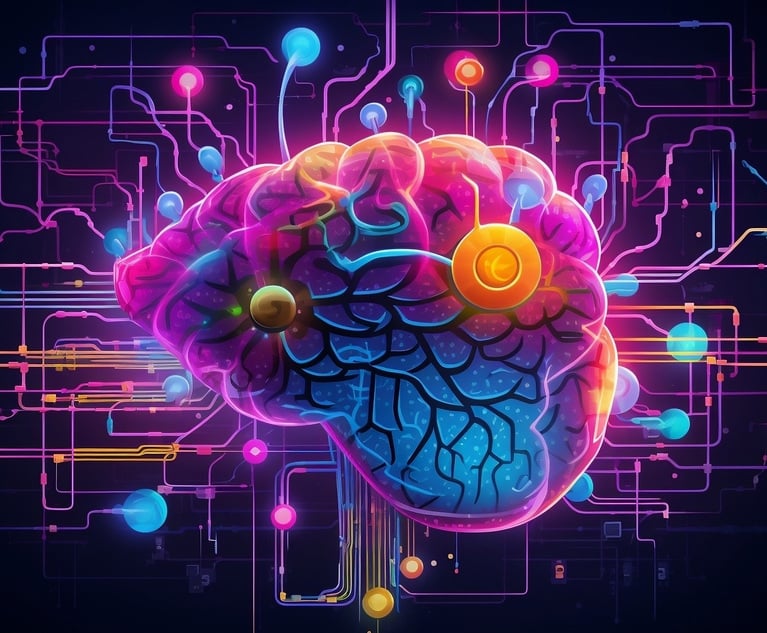Legal analytics—the use of data to make quantitative legal predictions that inform decisions—is currently moving from the margins of the profession to the mainstream. Underlying the rise of analytics is the maturation of artificial intelligence technologies like natural language processing and machine learning, which are deployed to add structure to complex legal data, which in turn can be used for statistical analysis.
At its core, most legal data is relatively “unstructured,” lacking tags or metadata that help computers understand meaning in documents. Now, with advances in machine learning, attorneys, editors and other subject matter experts can help train computers to add the missing detail to structure vast amounts of legal data, enabling machines to replicate human editorial activities at scale. With clean, structured data, companies can then create powerful new tools that identify important legal trends and help attorneys make better legal and business decisions.







